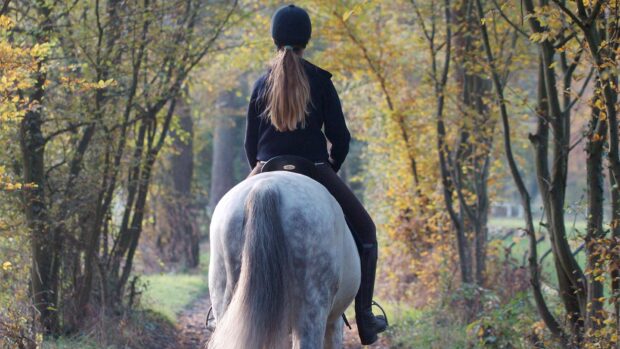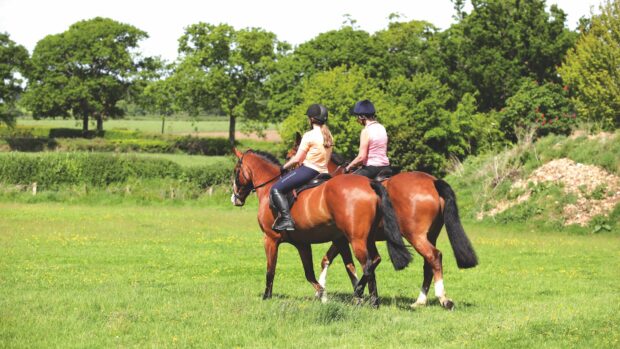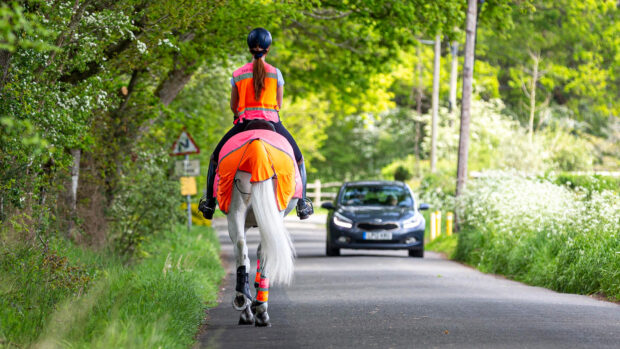Q: Last year, one of our local farmers placed two home-made bird scarers close to a bridleway, causing a horse to spook and fall down a ditch, unseating its rider the horse galloped home. This year, he has placed four of these scarers close to bridleways once again, as well as automatic guns. Is there anything riders can do about them?
A: The National Farmers Union (NFU) states that bird scarers and bird deterrents are essential to protect crops from damage by wild birds, but acknowledges that, if used thoughtlessly, they can seriously disturb the public.
H&H asked Sandras local authority, Suffolk County Council (SCC), to comment on the issue. SCC has privately contacted the farmer to outline his public liability responsibility.
In general terms, the use of bird scarers adjacent to a public right of way is not in itself a specific offence, explains Glyn French, area rights of way manager at SCC.
However, it could constitute a public nuisance if it results in members of the public being injured or becoming concerned for their safety lawfully using the route. It could also be argued that the land manager is not fulfilling the duty of care he is obliged to extend to persons entering his land. In any event, these issues can be very difficult to substantiate and prove, if legal action were resorted to.
From the local authority point of view, it is considered that, initially, there is more to be gained from working with both parties to achieve an amicable solution for example, resiting bird scarers or replacing them with a different type, continues Glyn.
But they would have to be suitably positioned so the impact on users of the right of way is minimised, but the land manager still has crop protection.
In my experience, this issue is not a common problem and is confined to relatively few routes for a short period of time. In addition, riders of horses known to be particularly sensitive to this sort of peripheral distraction may wish to consider using another route during certain parts of the season, Glyn concludes.
According to the NFU, scarers are intended to frighten birds, not visitors to the countryside.
Farmers using scarers should try to take steps to avoid surprising passers-by, says a spokesperson for the NFU. We advise our members not to position scarers near roads or bridleways usually used by riders. Landowners using scarers should look to lessen the potential danger by maximising the distance between the scarer and the bridleway or road, and should consider putting up temporary signs to warn riders of the scarers presence.
Vicky Allen, chairman of the British Horse Societys access and rights of way advisory committee, says: The NFU has long had an advisory leaflet for its members on this matter and the April 2007 issue of its in-house magazine, British Farmer & Grower, carries a two-page article of updated guidance. The BHS is happy to work with them to find ways of encouraging good practice and updating advice when necessary.
- National Farmers Union (tel: 0870 8458458) www.nfuonline.com
- British Horse Society (tel: 0870 1202244) www.bhs.org.uk
This Q&A was first published in Horse & Hound (10 May, ’07)



